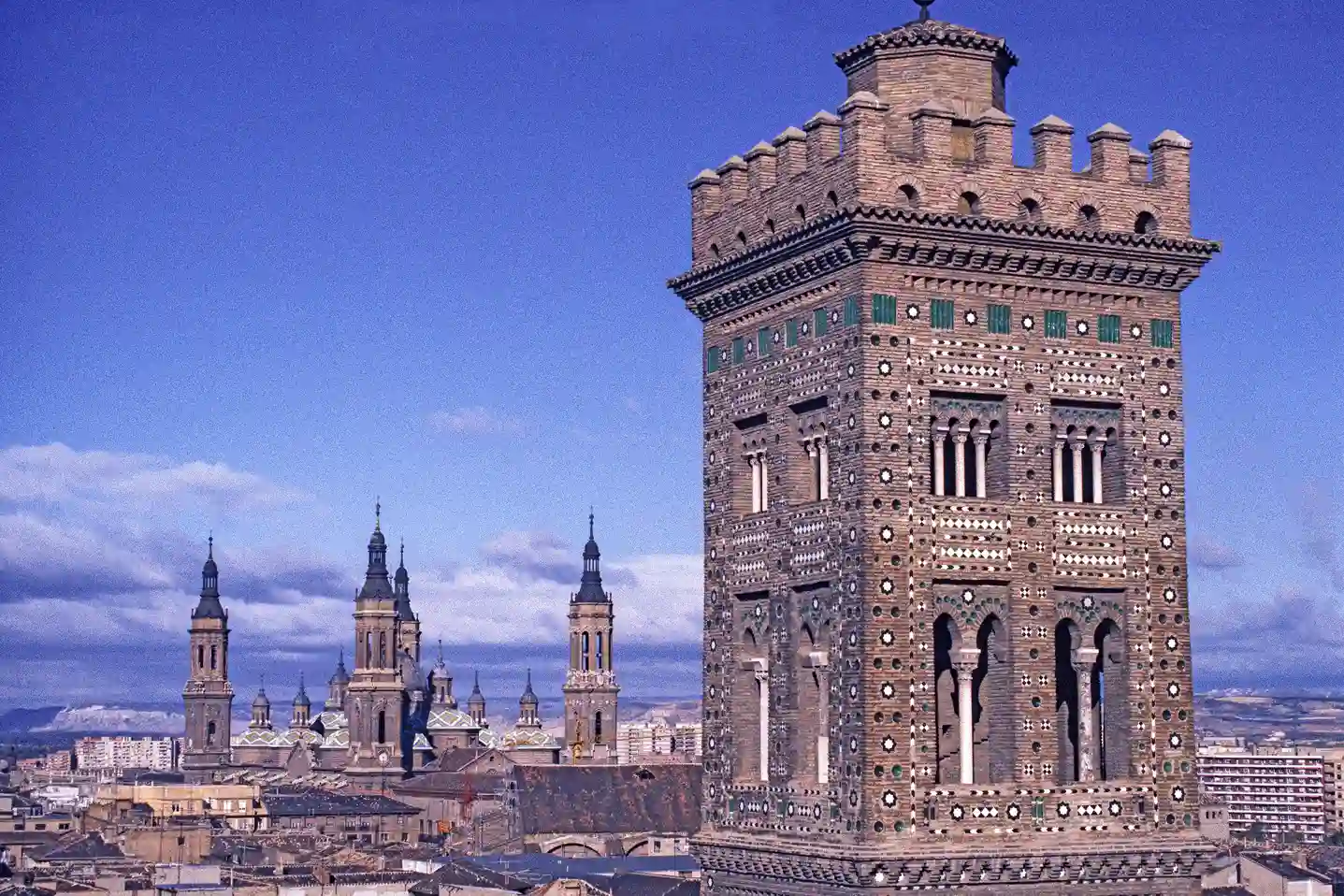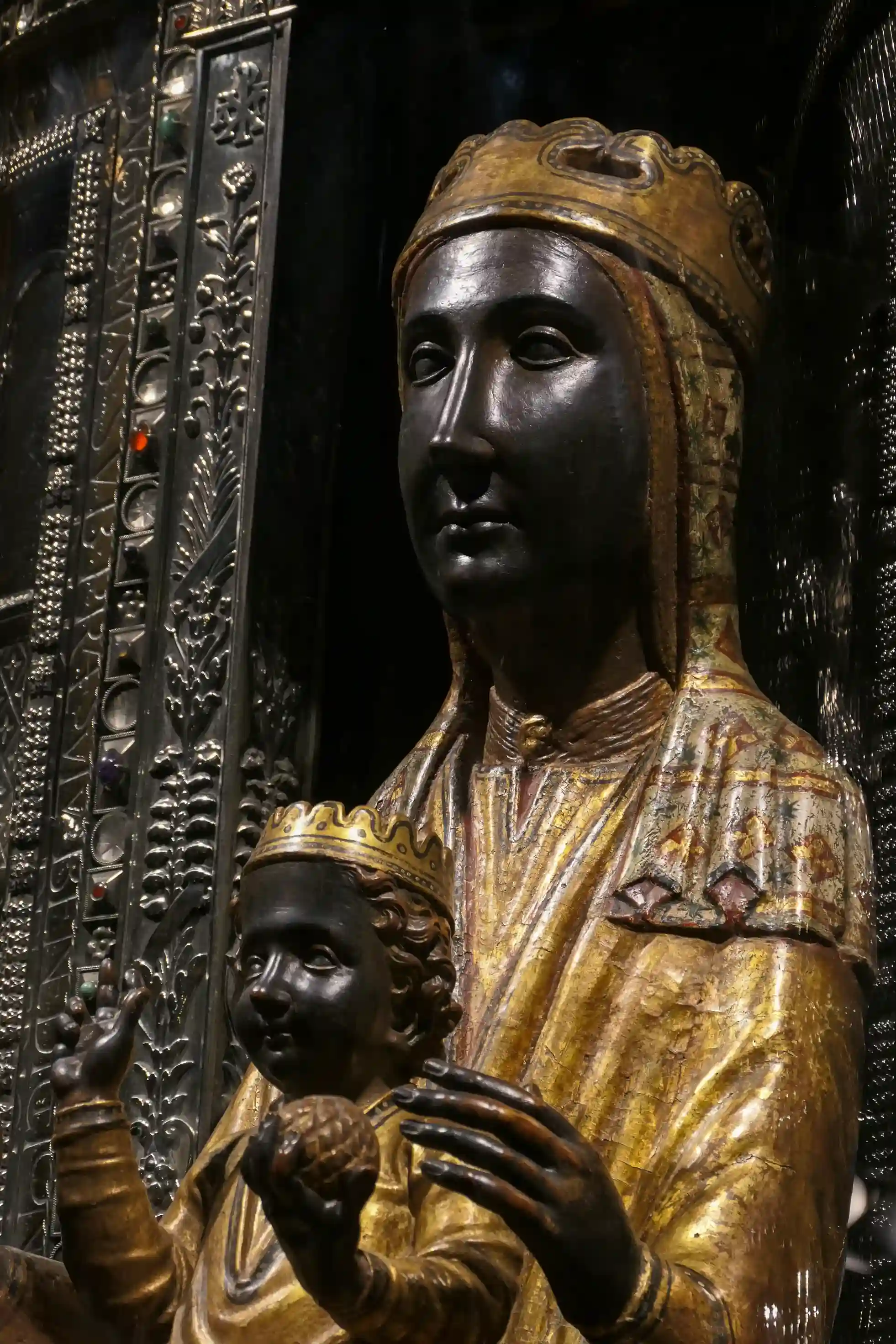Sacred Sites of Spain
Sacred Sites of Spain
Spain, a country with a rich and diverse religious heritage, boasts an array of sacred sites that reflect its deep-rooted faith and cultural traditions. From ancient megalithic structures to grand cathedrals and pilgrimage destinations, these sites offer glimpses into the beliefs and practices that have shaped the nation's identity. The Catholic Church has played a central role in Spanish history, and its churches, monasteries, and shrines are revered for their architectural beauty, historical significance, and spiritual atmosphere. However, Spain also boasts pre-Christian sites of worship and pilgrimage, showcasing the country's multicultural past.
Antequera, Dolmen de El Romeral
A Neolithic dolmen located near Antequera, known for its long corridor and chamber. It is a UNESCO World Heritage site and a significant example of megalithic architecture.
Antequera, Dolmen de Menga
Another Neolithic dolmen near Antequera, also a UNESCO World Heritage site. It is one of the largest known dolmens in Europe and is believed to have served ritualistic purposes.
Basilica of Our Lady of the Pillar, Zaragoza
A grand Baroque basilica in Zaragoza dedicated to Our Lady of the Pillar, the patron saint of Spain. It is a major pilgrimage site and houses a revered statue of the Virgin Mary.
Basilica of the Royal Marian Shrine of Our Lady of Candelaria, Tenerife, Canary Islands
Located in Tenerife, this basilica is dedicated to Our Lady of Candelaria, the patron saint of the Canary Islands.
Basilica Shrine of Caravaca de la Cruz
A basilica in Caravaca de la Cruz housing a relic of the True Cross. It is a major pilgrimage destination and the center of the Holy Year celebrations every seven years.
Calasparra, Nuestra Señora de la Esperanza
A sanctuary in Calasparra dedicated to Our Lady of Hope, known for its annual pilgrimage and its association with the Rice Festival.
Cámara Santa, Oviedo, Asturias
A pre-Romanesque chapel in Oviedo housing the Holy Chamber, a reliquary containing numerous Christian relics. It is a UNESCO World Heritage site and a significant pilgrimage destination.
Caravaca de la Cruz
A town in Murcia known for its Holy Year celebrations every seven years, centered around the Basilica Shrine of Caravaca de la Cruz and the veneration of the True Cross relic.
Castro de Ulaca, Avila
An ancient hillfort near Ávila believed to have been used for Celtic rituals and ceremonies. It offers stunning views of the surrounding landscape.
Cathedral of Avila
A Romanesque and Gothic cathedral in Ávila, known for its imposing walls and fortress-like appearance. It is a significant historical and religious landmark in the city.
Cathedral of León
A Gothic cathedral in León, renowned for its stunning stained glass windows, which are considered some of the finest in Europe. It is a major pilgrimage destination on the Camino de Santiago and a UNESCO World Heritage site.
Cathedral of Santa María, Burgos
A Gothic cathedral in Burgos, a UNESCO World Heritage site, known for its intricate architecture and ornate sculptures. It houses the tomb of El Cid, a national hero of Spain.
Cathedral of Santiago de Compostela
The final destination of the Camino de Santiago pilgrimage route, this cathedral in Santiago de Compostela is believed to house the remains of St. James the Great. It is a major pilgrimage site and a significant religious and cultural center.
Church of the Nuestra Señora de la Peña, Vega de Río Palmas, Canary Islands
Located in Fuerteventura, this church is dedicated to Our Lady of the Rock. It is known for its miraculous image of the Virgin Mary.
Dolmen Creu Cobertella, Roses
A Neolithic dolmen located near Roses, Catalonia. It is a significant example of megalithic architecture.
Dolmen de Sorginetxe, Arrizabalaga, Álava
A Neolithic dolmen located in the Basque Country, believed to have served ritualistic purposes.
El Rocío
A pilgrimage site in Huelva, Andalusia, known for its annual pilgrimage, El Rocío Pilgrimage, which attracts millions of devotees from all over Spain and beyond.
Guadalperal Dolmen, Cáceres
A Neolithic dolmen submerged in the Valdecañas Reservoir, also known as the "Spanish Stonehenge." It is a significant archaeological site and a testament to the region's ancient past.
Iglesia de Santa María la Blanca, Seville
A former synagogue in Seville, converted into a church in the 14th century. It is a beautiful example of Mudéjar architecture, a blend of Islamic and Christian styles.
Monastery of Our Lady of Guadalupe
Located in Extremadura, this monastery is a UNESCO World Heritage site and a major pilgrimage destination for Catholics. It houses a revered image of the Virgin of Guadalupe, patron saint of Mexico and the Americas.
Monastery of Santo Toribio de Liébana, Camaleño
Situated in Cantabria, this monastery is home to the Lignum Crucis, a relic believed to be a fragment of the True Cross. It is a significant pilgrimage site on the Camino Lebaniego.
Mount Teide
The highest peak in Spain, Mount Teide on Tenerife is a dormant volcano with a unique landscape. It holds cultural and spiritual significance for the indigenous Guanches people and is a popular destination for hikers and nature enthusiasts.
Peña de Francia
A mountain range in Salamanca province, home to a sanctuary dedicated to the Virgin of Peña de Francia.
Pene Molexa, O Redondo
A prehistoric megalithic site in Galicia, believed to have been used for ritualistic purposes. It features a dolmen and other stone structures.
Sacromonte
A neighborhood in Granada known for its cave dwellings and flamenco traditions. It is also home to the Abbey of Sacromonte, a significant religious site with a museum showcasing Christian relics and artifacts.
San Sebastián de Garabandal
A village in Cantabria where four young girls reported apparitions of the Virgin Mary and St. Michael the Archangel in the 1960s.
Sanctuary of Covadonga, Asturias
Located in the Picos de Europa mountains, this sanctuary is dedicated to the Virgin of Covadonga, the patron saint of Asturias.
Sanctuary of Our Lady of Sorrows, Badajoz
A shrine in Badajoz dedicated to Our Lady of Sorrows.
Santa Maria de Montserrat Abbey
A Benedictine abbey in Catalonia, home to the Black Madonna, a revered statue of the Virgin Mary.
Valencia, Valencia Cathedral, Chalice of the Holy Grail
The Valencia Cathedral is believed to house the Holy Chalice, a relic identified by some as the cup used by Jesus at the Last Supper.
Additional Sacred Sites of Spain:
Mezquita de Córdoba
A former mosque in Córdoba, now a cathedral, showcasing a unique blend of Islamic and Christian architecture. It is a UNESCO World Heritage site and a significant historical landmark.
El Escorial, Madrid
A vast monastery and palace complex near Madrid, built by King Philip II. It is a UNESCO World Heritage site.

Martin Gray is a cultural anthropologist, writer and photographer specializing in the study of pilgrimage traditions and sacred sites around the world. During a 40 year period he has visited more than 2000 pilgrimage places in 160 countries. The World Pilgrimage Guide at sacredsites.com is the most comprehensive source of information on this subject.


